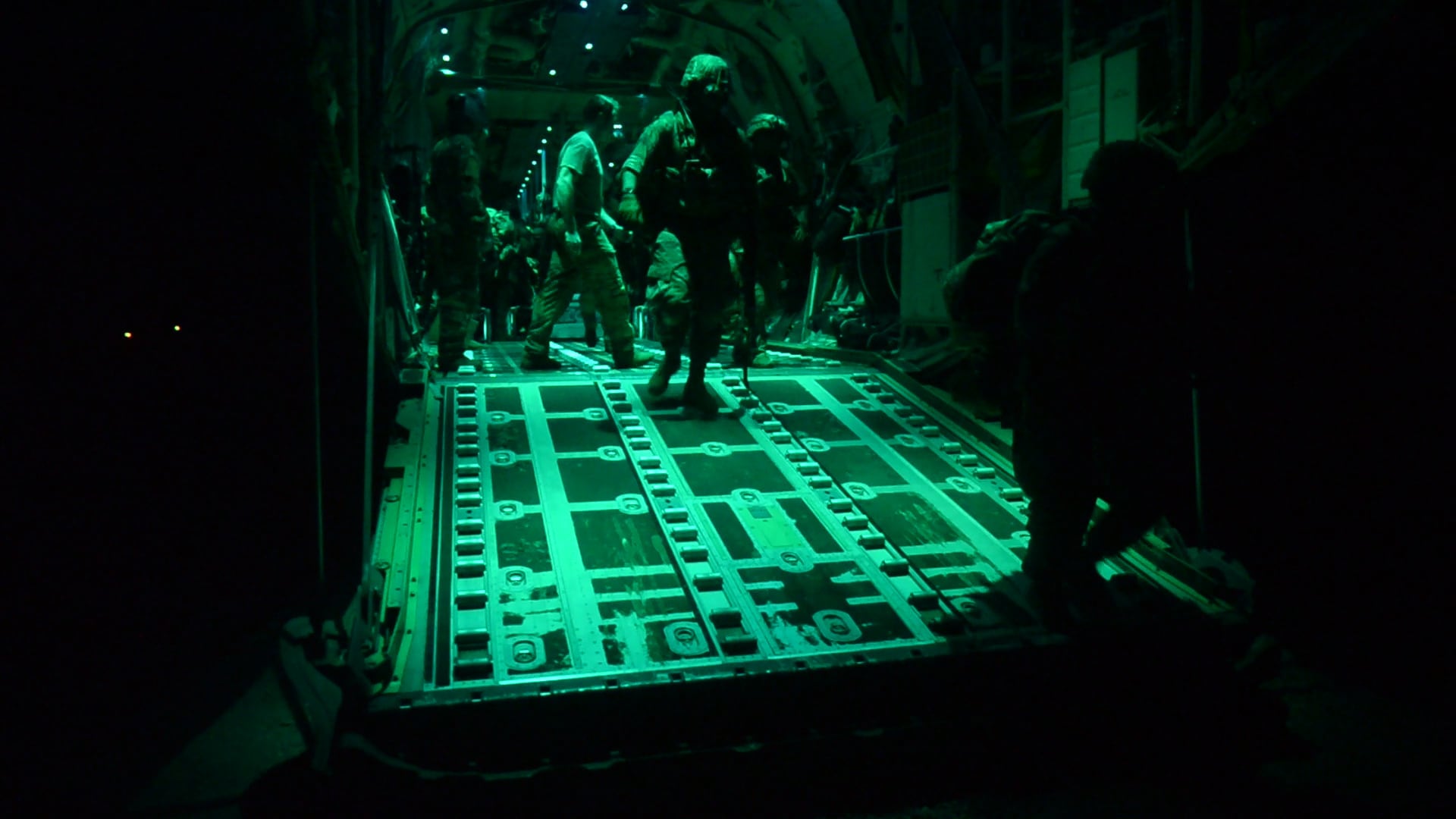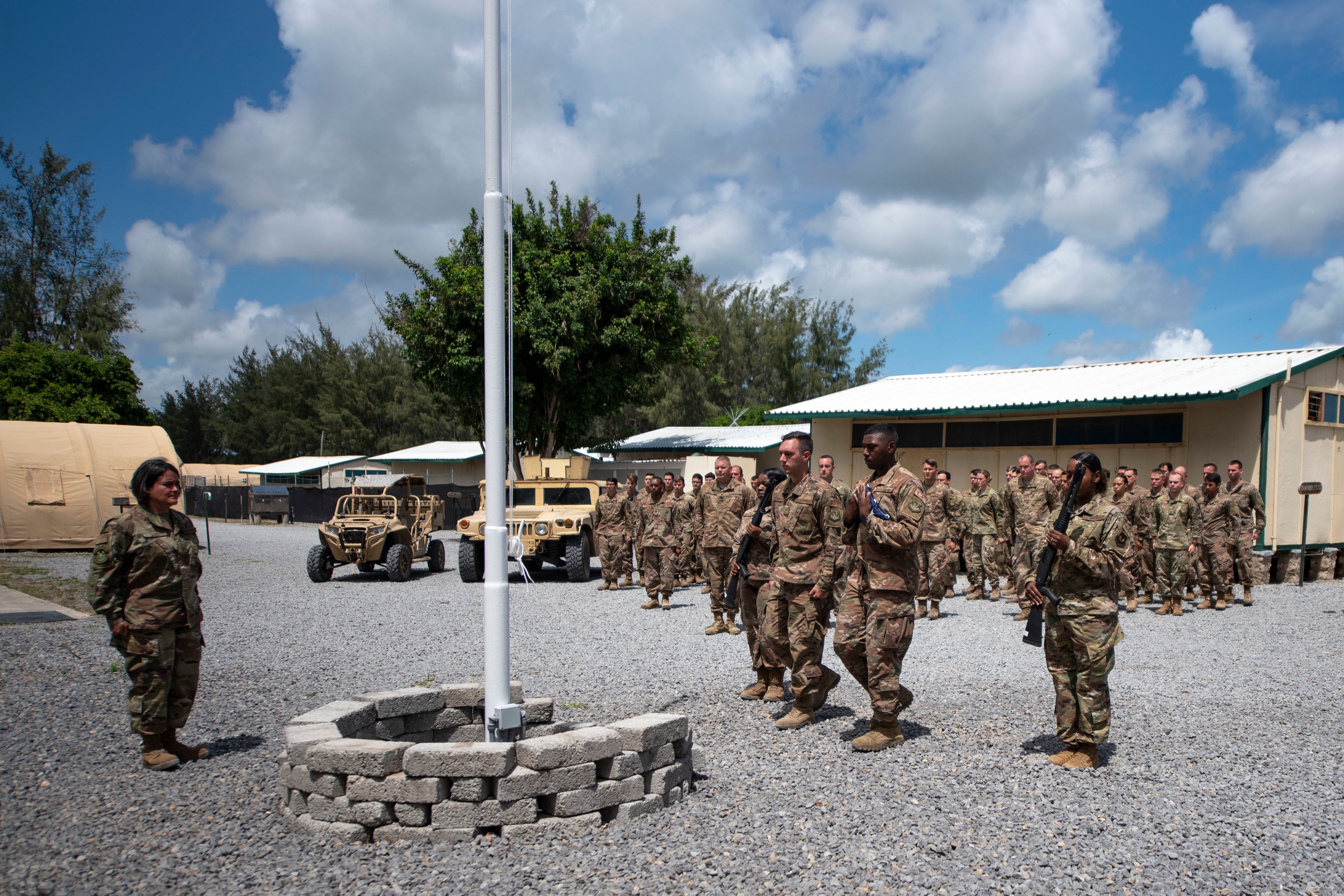BERLIN — Defense Secretary Lloyd Austin on Monday ordered an Army review of an investigation into a January 2020 militant assault on the Manda Bay military base in Kenya that killed three Americans and wounded three others.
In a written statement announcing Austin’s decision, his press secretary, John Kirby, did not pinpoint what Austin found lacking in the initial investigation, which was conducted by U.S. Africa Command. By apparent coincidence, Austin plans to meet with Africa Command officials Tuesday in Stuttgart, Germany, as part of a broader tour of Europe to consult with allies and talk to U.S. commanders. He also will meet separately with officials at U.S. European Command, also in Stuttgart.
“An independent review will provide added insight, perspective, and the ability to assess the totality of this tragic event involving multiple military services and Department of Defense components,” Kirby said.
RELATED

Kirby said that after considering the results of Africa Command’s investigation, which have not been released publicly, Austin decided to order the Army to pick a four-star general to conduct the review. The Army chose Gen. Paul Funk, commander of Army Training and Doctrine Command. Funk is an experienced combat veteran who served six deployments in the wars in Iraq and Afghanistan.
“It is the secretary’s desire to ensure there is a full examination and consideration of the contributing factors that led to this tragic event and that appropriate action is taken to reduce the risk of future occurrence,” Kirby said. “The families impacted deserve nothing less.”
The attack by al-Shabab militants at the Manda Bay base destroyed six aircraft in addition to killing three Americans and wounding three others.
RELATED

The base, in the Kenyan seaside resort, was overrun by 30 to 40 of the al-Qaida-linked insurgents on Jan. 5, 2020, marking al-Shabab’s first attack against U.S. forces in the East African country. The predawn assault triggered a lengthy firefight and daylong struggle for U.S. and Kenyan forces to search and secure the base.
The base at Manda Bay has been used for years by the U.S. military, but it only became a full-time airfield in 2016, with increased personnel, aircraft and operations.
The initial phase of the assault came near dawn, when 20 to 30 al-Shabab militants slipped through the forest and fired rocket-propelled grenades onto the airfield at the base. The opening rounds of grenades quickly killed a soldier in a truck and wounded another, and killed two contractors in an aircraft and wounded one other. About a mile down the road, other militants fired on Camp Simba, a section of the base where U.S. forces are stationed.

Marines from Camp Simba initially responded to the attack site and begin to fight back against the militants, who had made it onto the airfield and into buildings. But it took all day for Kenyan and U.S. security forces to finally quash the attack, search the airfield and secure the area.
Air Force Col. Chris Karns, spokesperson for U.S. Africa Command, said a “great deal of rigor” was put into the investigation, resulting in a number of immediate improvements. He said the goal has been to reassure the families and the American public “that we did everything possible to understand the situation and take appropriate action.”
The investigation team made “findings and recommendations that fall outside U.S. Africa Command purview and ability to effect, therefore we fully support the additional independent review directed by the Secretary of Defense,” Karns said. “We are confident in the report’s findings and remain committed to ensuring fixes and improvements in Kenya and across the continent.”
Kenya has been a key base for fighting al-Shabab, which is based in Somalia and is one of the world’s most resilient extremist organizations. Al-Shabab has launched a number of attacks inside Kenya, including against civilian targets on buses, at schools and at shopping malls.
Al-Shabab had been the target of a growing number of U.S. airstrikes inside Somalia during President Donald Trump’s administration. But Trump late last year ordered the withdrawal of the roughly 700 American forces there, and the bulk of those troops were pulled out of the country by mid-January. According to officials, there are well below 100 U.S. troops in Somalia now.
Austin has launched a review of America’s military posture around the world.




